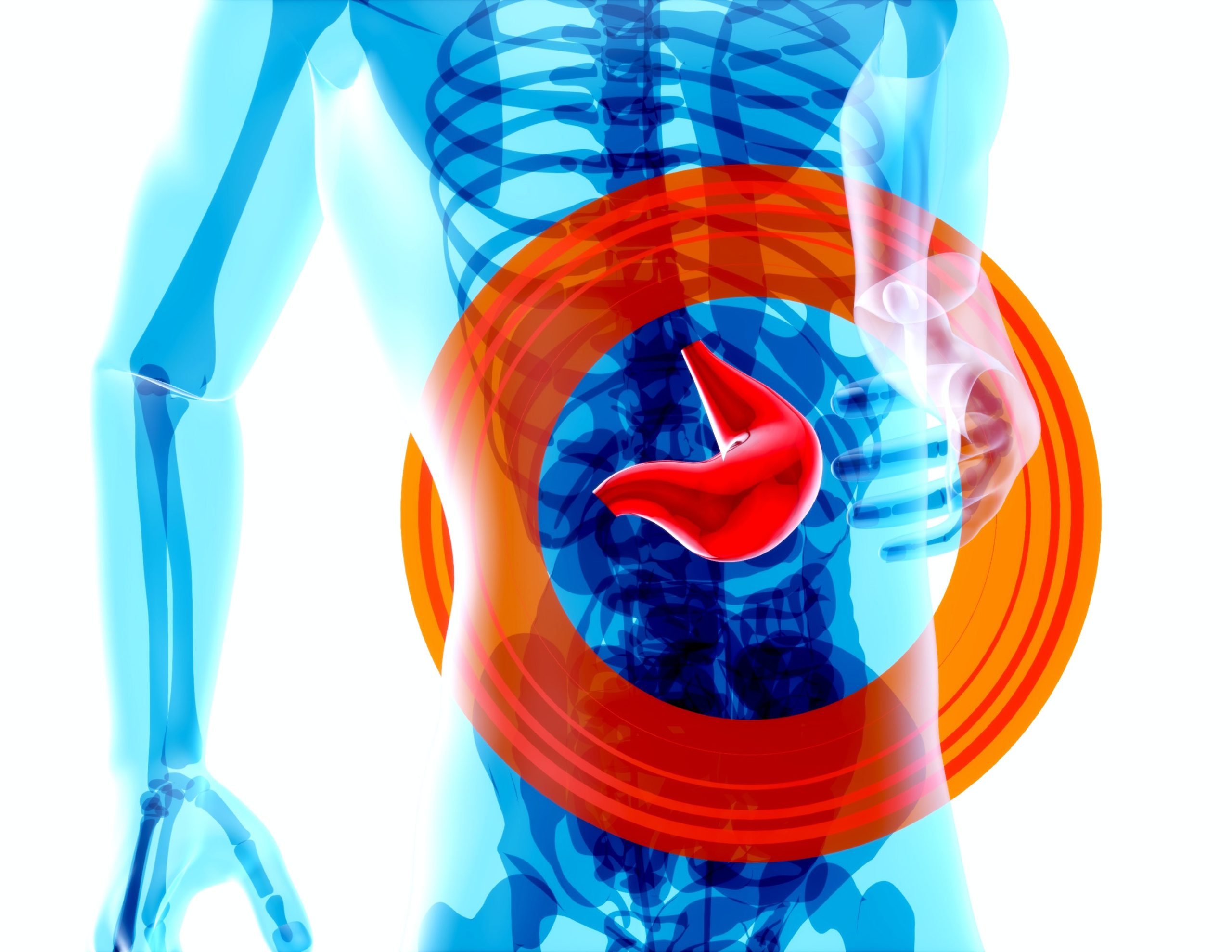About the Author
Hi everyone! I’m Dr. Sarah Jones, a licensed clinical psychologist with over 15 years of experience specializing in college student mental health. Throughout my career, I’ve witnessed a growing number of students struggling with PTSD. Today, we’ll explore this topic, offering insights and support for students, parents, and mental health professionals.
College Students: The Unexpected PTSD Battleground
Hi everyone! I’m Dr. Sarah Jones, a licensed clinical psychologist with over 15 years of experience specializing in college student mental health. Throughout my career, I’ve witnessed a growing number of students struggling with an unexpected challenge: Post-Traumatic Stress Disorder (PTSD).
Traditionally associated with veterans, PTSD can affect anyone who has experienced or witnessed a traumatic event. While war and combat are well-known triggers, college students face a unique set of stressors that can lead to PTSD.
This article will explore this often-unseen issue, offering insights and support for students, parents, and mental health professionals.
The Rise of PTSD on College Campuses: Unveiling the Statistics
Many may be surprised to learn about the increasing prevalence of PTSD among college students. Recent studies, like one by Dr. Jessica Hamblen, a PTSD expert at the National Center for PTSD, show that up to 7.5% of college students meet the criteria for PTSD diagnoses. This translates to a significant number of young adults facing the challenges of this mental health condition.
Beyond War: Understanding Trauma in the College Context
While combat may be the first thing that comes to mind when considering PTSD, college students can experience trauma from various sources. Here are some common triggers:
- Bullying: Both online and in-person bullying can be a deeply traumatic experience for students, leading to feelings of isolation, fear, and anxiety.
- Sexual Assault: Unfortunately, college campuses have a high prevalence of sexual assault. This can be a life-altering event, leaving lasting emotional and psychological scars.
- Academic Pressure: The intense academic environment can be a significant source of stress for students. In extreme cases, the pressure to succeed can lead to feelings of helplessness and hopelessness, contributing to PTSD symptoms.
- Witnessing Violence: Whether it’s a campus shooting, a violent crime, or a car accident, witnessing a traumatic event can leave lasting emotional damage.
- Relationship Trauma: The breakdown of a romantic relationship or the loss of a close friend can be a traumatic experience for students, especially when coupled with feelings of betrayal or abandonment.
It’s important to remember that trauma is a personal experience. What one person finds traumatic might not affect another as deeply. However, if a college student is experiencing significant distress and disruption in their daily life due to a past event, it’s important to seek professional help.

Invisible Scars: Recognizing the Signs of PTSD in College Students
PTSD can manifest in various ways. Here are some common signs to watch for in yourself or a loved one:
- Intrusive thoughts: Flashbacks, nightmares, and unwanted thoughts about the traumatic event are hallmarks of PTSD.
- Hypervigilance: Students with PTSD may be constantly on edge, feeling jumpy or easily startled.
- Avoidance behaviors: Avoiding people, places, or situations that trigger memories of the trauma is a common coping mechanism, but it can also lead to isolation and missed opportunities.
- Emotional numbness: Detachment from emotions is a way to cope with the overwhelming feelings associated with trauma.
- Difficulty concentrating: The stress and anxiety of PTSD can make it challenging to focus on academics or daily tasks.
If you recognize these signs in yourself or someone you know, it’s crucial to seek professional help. Early intervention can make a significant difference in managing symptoms and promoting healing.
You’re Not Alone: Resources and Support for Students with PTSD
College students facing PTSD don’t have to navigate this challenge alone. Fortunately, there are several resources and support systems available to help them manage their symptoms and work towards recovery. Here’s a breakdown of some key options:
-
University Counseling Centers: Most universities have on-campus counseling centers staffed with mental health professionals trained to address PTSD and other mental health concerns. These services are often readily accessible, with appointments covered by student health insurance plans. However, waitlists can be an issue, and the number of sessions may be limited.
-
Online Therapy Platforms: Teletherapy has become increasingly popular, offering students flexible scheduling and the convenience of accessing care from the comfort of their dorms. While online platforms can be a great option, it’s important to choose one that provides access to licensed therapists who specialize in treating PTSD. Additionally, some insurance plans may not cover online therapy.
-
Support Groups: Connecting with others who understand the challenges of PTSD can be a powerful source of support. Support groups allow students to share their experiences, learn coping mechanisms from one another, and feel less alone. However, finding a relevant group on campus can be challenging, and group discussions may sometimes include triggering content.
Empowering Mental Health Professionals: Effective Strategies for Supporting College Students with PTSD
Mental health professionals play a crucial role in supporting college students with PTSD. Here are some key strategies to consider:
-
Trauma-Informed Therapy: Utilizing a trauma-informed approach creates a safe and supportive environment where students can feel comfortable discussing their experiences. This approach focuses on building trust, validating emotions, and empowering students to take control of their healing journey.
-
Cognitive Behavioral Therapy (CBT): CBT can be an effective tool for managing PTSD symptoms. It helps students identify and challenge negative thought patterns that contribute to anxiety and fear.
-
Exposure Therapy: This technique involves gradually exposing students to triggers in a safe and controlled setting, allowing them to develop coping mechanisms and reduce their fear response.
-
Mindfulness Techniques: Practices like meditation and deep breathing can help students manage stress, anxiety, and emotional dysregulation associated with PTSD.
Moving Forward: Hope and Resilience on the Path to Recovery
A diagnosis of PTSD might feel overwhelming, but it’s important to remember that with proper support and treatment, students can manage their symptoms and thrive in college. Here are some additional tips for the road to recovery:
- Prioritize self-care: Getting enough sleep, eating a healthy diet, and exercising regularly can significantly improve mental and emotional well-being.
- Develop healthy coping mechanisms: Relaxation techniques like yoga or deep breathing can help manage stress and anxiety.
- Build a strong support network: Surround yourself with supportive friends, family members, or a therapist who can offer encouragement and understanding.
- Don’t be afraid to ask for help: Seeking professional support is a sign of strength, not weakness. Treatment can be life-changing and empower students to take control of their mental health.
By creating awareness, providing resources, and offering support, we can help college students with PTSD overcome their challenges and achieve their full potential. Remember, you are not alone in this journey.










